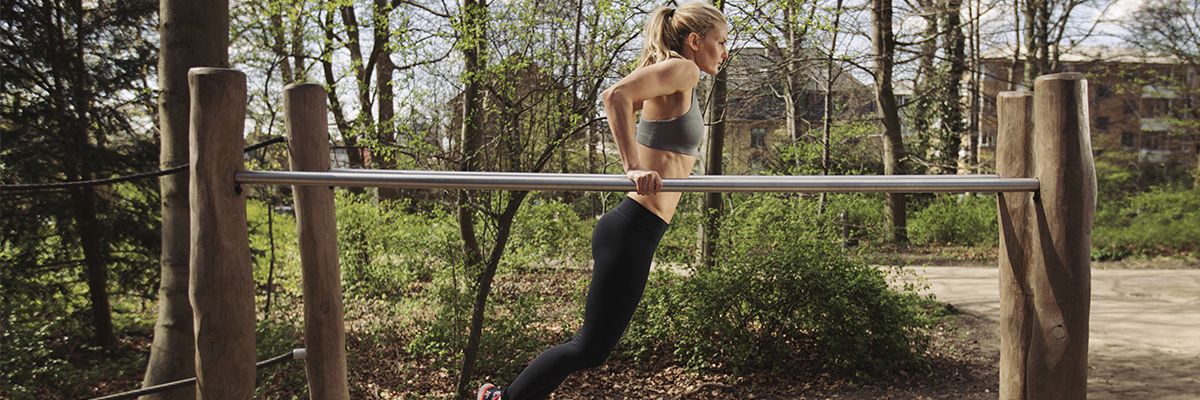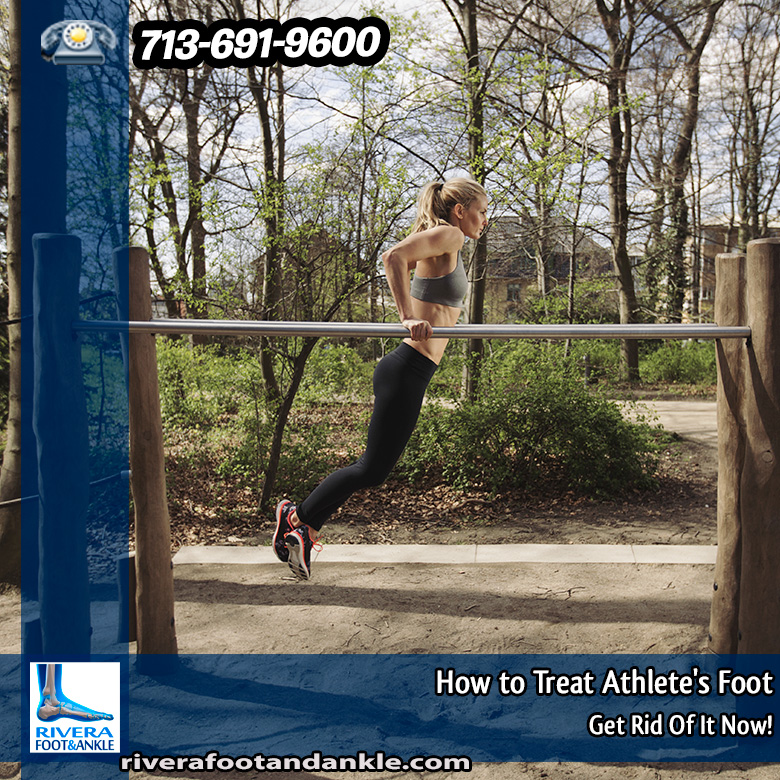
How to Treat Athlete's Foot
Get Rid Of It Now!
Embarrassing medical symptoms shouldn’t keep you from talking to your doctor about them. I am always stunned to see patients live for years with certain conditions for fear of asking their doctor for help. Believe me when I tell you that there is no topic that is too embarrassing for us.
We’ve heard and seen it all…and a lot more frequently than you think. On a daily basis, I see patients with complaints of body odors, rashes, STDs, itching, gases, sexual disturbances, etc. You name the embarrassing symptom, and I’ve seen it—again and again.
That’s why I enjoy covering these sorts of topics. I know as a doctor how common they are and how many patients are afraid to ask. And I hope to help. So today I’d like to cover one of those topics that make many people squirm – athlete’s foot.
What is Athlete’s Foot?
The culprit of athlete’s foot is not a virus or bacteria, but a fungus. The technical doctors’ lingo for athlete’s foot is “tinea pedis.” Despite the name, athletes aren’t the only ones who experience athlete’s foot. The reason lots of athletes tend to contract this fungus on their feet is because they break a serious sweat, and they tend to walk around barefoot all over the locker room and shared public shower areas.
However, anyone at any age from childhood into adulthood can contract it. Fungus lives everywhere your feet go – in the shower, on the floor, around the pool, and in our socks and shoes.
What Are the Symptoms of Athlete’s Foot?
Patients with athlete’s foot often describe the bottom of their feet and in between their toes as
Cracked
- Scaling
- Itchy
- Red
And sometimes when severe enough, it can even cause blisters on the feet.
How is Athlete’s Foot Best Treated?
The good news is that most athlete’s foot infections are easily treated and eradicated, unlike fungus on the scalp or other areas of the body which tends to be much more stubborn and difficult to get rid of. The real challenge is to prevent a re-infection once you’ve gotten rid of it. Here are my 7 Quick and Dirty Tips to fight athlete’s foot:
Treat With Fungal Creams: Over-the-counter fungal creams, such as clotrimazole and miconazole, applied to the bottom of the feet and in between all toes for 1-4 weeks (depending on the severity of the infection) often does the trick to kill off the fungus setting up shop on your feet.
Bleach Water Soaks: For better and faster results, I tell my patients to soak their feet in bleach water each night for 10 minutes. However, it’s important to not get carried away with the amount of bleach you mix in, as too much can actually burn your skin. I advise no more than 1 tablespoon of bleach in half a gallon of water. The soaks will help kill off the fungus.
Air Out: During an acute bout of athlete’s foot, it’s helpful if you can let your feet air out as much as possible (without walking barefoot). Wearing open-toed shoes while your feet are recovering may be a good idea if you can tolerate it (unless it’s winter and you live on the East Coast, then I completely empathize).
Avoid Sweats: Fungus loves moisture and heat. Keep your feet as dry as possible. If you happen to be an athlete or work out heavily, this may be more of a challenge. Pour a dash of antifungal powder on your feet before putting on your socks to help keep them dry. Carry extra pairs of socks with you, and wash your feet with soap and water and change your socks frequently if you tend to break a sweat. Change your socks at least once a day, whether or not you sweat.
Avoid Walking Barefoot: Carry a pair of slippers with you to the gym, locker room, pool, hotels (especially the hotel showers), or any public places. And avoid walking barefoot even in your own home, whether or not you have athlete’s foot. These measures will help prevent re-infection.
Bleach Your Socks and Shower: I also recommend that anyone inflicted with a fungal infection of the toenails or feet bleach their socks and the bottom of the shower or tub once a week routinely. Again, the real challenge lies in prevention of future outbreaks, not so much treatment.
Treat Close Contacts: If you live with or come into direct contact with someone who has a fungal infection, encourage them to get treated right away. This way, they can’t pass it off to you or to someone else.
Source: quickanddirtytips
RIVERA FOOT & ANKLE: At Orlando H.Rivera DPM, our priority is to deliver quality care to informed patients in a comfortable and convenient setting. When you have problems with your feet, you need to turn to a podiatrist who listens and responds… an experienced doctor who knows the field and can effectively diagnose and treat your needs… a friendly physician who counsels you on the best ways to maintain and improve your health. Our physician(s) meet all these criteria. Plus, you benefit from a dedicated team of trained professionals who give you the individualized attention you deserve.

Dr. Orlando Rivera
Keywords: Foot and Ankle, Dr. Orlando Rivera, Advanced Foot & Ankle Specialist, Foot and Ankle Podiatry, Houston Food & Ankle Surgical, Treatment of Foot and Ankle, Foot & ankle specialists, Podiatrist in houston, podiatrist in houston, Orlando H.Rivera DPM, Houston Foot Doctor, Food and Ankle Surgeon Houston, Ankle and Foot Specialist Houston, Podiatrist Houston, Foot Pain Houston



